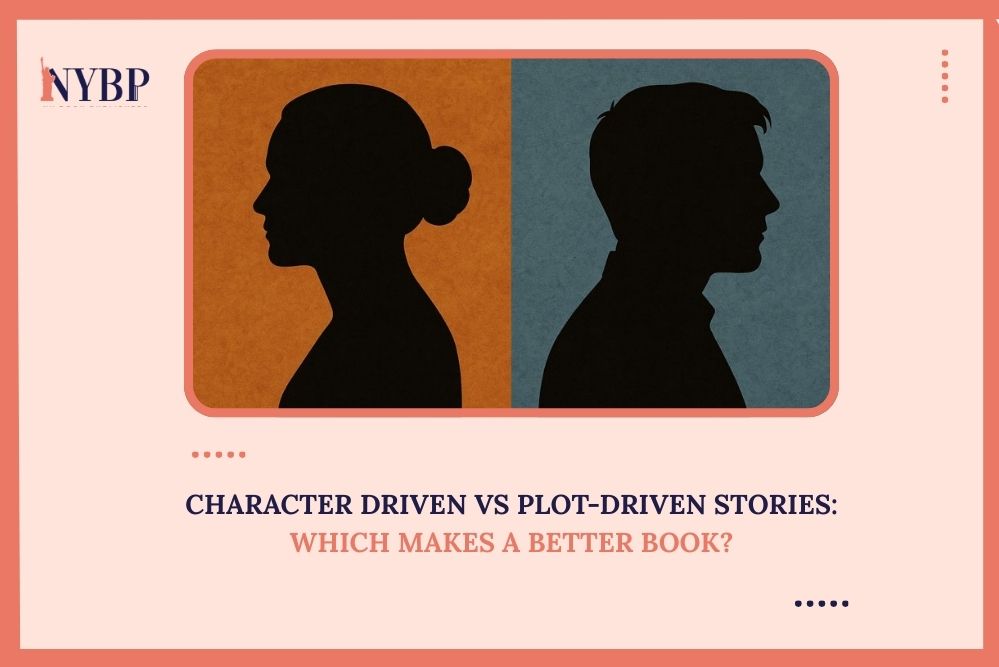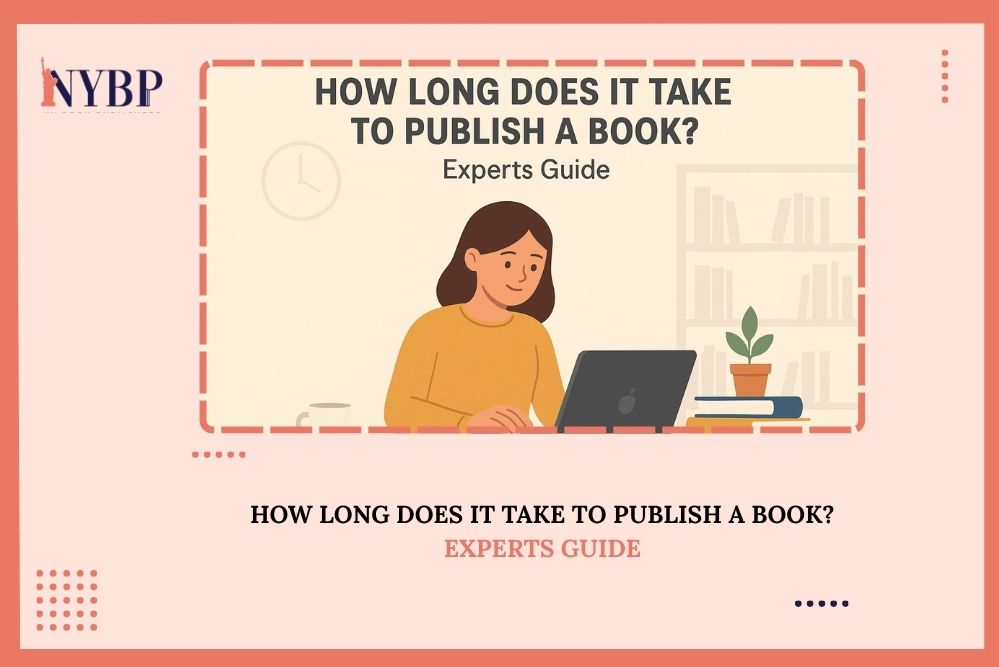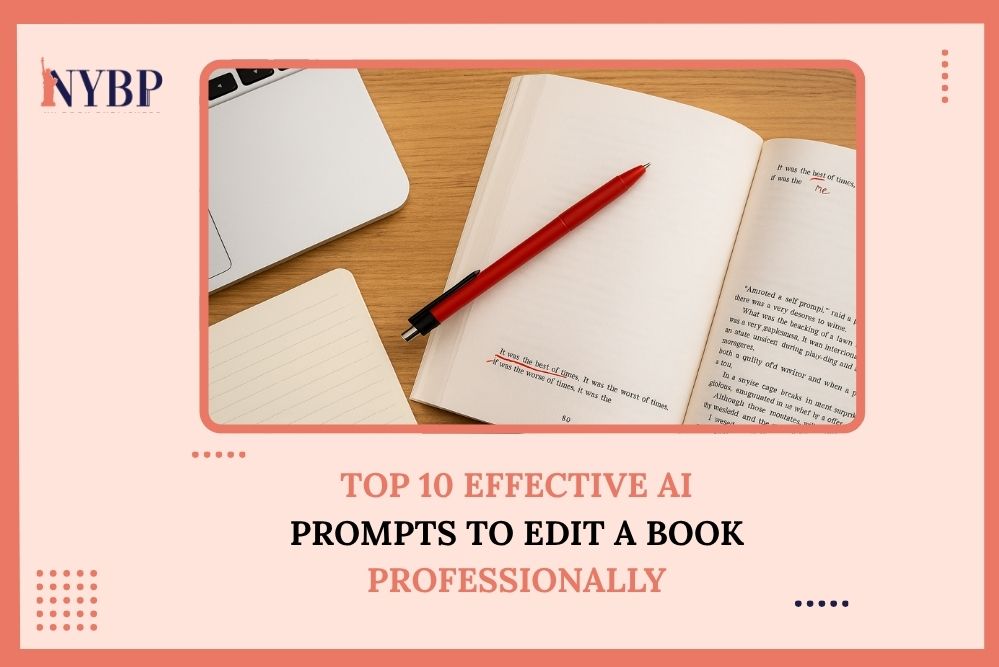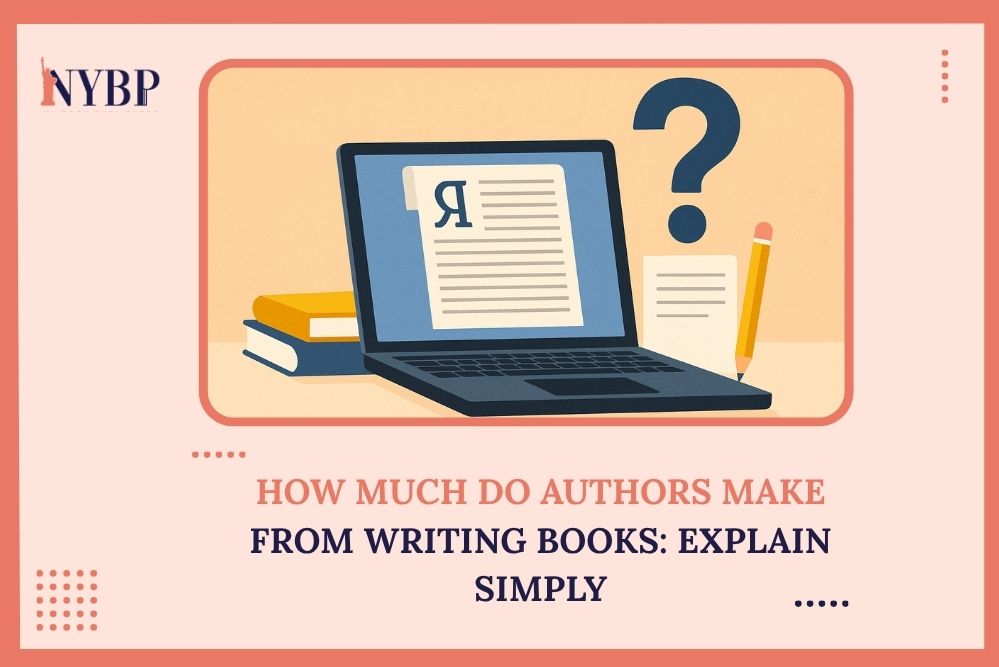Intro
You are sitting at your desk, staring at the blank document that is open on your screen. The idea of writing a book is buzzing in your head. The characters are whispering in one ear, begging you to start writing to bring them to life. Plots tug at the other, urging you to build twiss and get into action. And then the question hits you, “Should my story be character-driven or plot-driven?
It is almost like a debate that every writer faces at some point – the classic battle of Character Driven vs Plot Driven. Do you let your characters shape how the story needs to be told, or do you design the events in such a way that shape the characters? How the story would be told to the readers. The answer doesn’t just change how you write, but it changes the kind of book you are creating. It determines how the readers would react to it.
This debate has shaped literature for centuries, from Dostoevsky’s psychological novels to the pulse-racing thrillers of today. It is not about rules at all; it is about power, and this power helps choose the best way to tell your story.
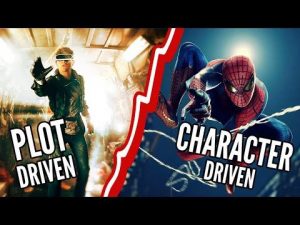
Character Driven vs Plot Driven: The Core Question
At its simplest, the debate comes down to this:
What is a Character-Driven Story?
A story that speaks about the spotlight that is on the character’s psychology, growth, and decisions. In simple words, a particular character drives the story. It is either about them or everything that is happening around them. Maybe they are narrating the story!
The external events matter, but they serve as a mirror to the character’s inner life.
The character of this particular story is strong – once the reader finishes reading, they will remember the character – that one particular character!
What is a Plot-Driven Story?
A narrative where external events are the engine. In simple words, the story takes place on the center stage. Characters react, yes, but the focus is on what happens next rather than who the character becomes. It is more about what the story is about, and the characters support the storyline. They are not the main character! The story is.
The story becomes the main character itself; the reader may remember a character, but they would admire the story’s strong hooks and how everything contributed to making the story richer.
In other words, character-driven stories are about becoming where whereas plot-driven stories are about happening.

A Historical Lens: How Literature Split
Let’s see how this concept came into being, because the character-driven vs plot-driven didn’t appear overnight. It reflects centuries of storytelling evolution.
First, let’s examine the Ancient Epics, which have more plot-driven roots. Homer’s Iliad and Odyssey thrive on wars, voyages, and gods meddling in human lives. Even with memorable characters, it is the story that truly shines here. It is the story that keeps you engaged. It is about writing about the incidents with the characters supporting it.
Second, 19th-century Realism, which actually gave birth to character-driven storytelling. Writers like Tolstoy, Austen, and George Eliot, the focus just shifted from what to why. It was no longer a matter of what happened but why it mattered to the people it happened to. Concerning only the plots that were centered around the main characters or were about them specifically.
Third, 20th-century modernism introduced writers like Virginia Woolf and James Joyce, who actually took the story to levels far too deep. Whether plot-driven or character-driven, it began with more than one point of view in the book and a more self-aware narrative. Plots nearly disappeared, replaced with consciousness itself as the driver.
Lastly, 21st-century Publishing provided a more commercial incentive for storytelling. It is more about what readers want to read. Thrillers and fantasies dominate the bestseller lists, and more character-driven works are what vibe now. It is more about how a character navigates the problems of their lives and comes out successful.
The lineage reminds us that neither side is inherently better; what is to be understood is that cultural mirrors are actually what readers crave at a given time. Ask yourself what your story really needs.
Different Types of Writers: Where do you belong?
There are different types of writers, and knowing your natural pull can save years of frustration.
You may see where you, as an author or a writer, lie within this.
 The Character-First Writer
The Character-First Writer
Suppose you find yourself sketching the backstories before the real story. And if you hear your characters’ voices before you know what they’ll face. Or if you want it to be somewhat of a very lesson-oriented story, then you are the character first writer.
For example, Toni Morrison, whose novels like The Beloved and The Song of Solomon, pulse with the characters’ depth. Or Celeste Ng, who wrote Little Fires Everywhere, was praised for character development. Don’t forget Hamlet and Macbeth – Your very own William Shakespeare.
The Plot-First Writer
Suppose you thrive on structure. You build outlines, cliffhangers, and twists before you even name your hero. You are all about where the chapter would turn, where the story would finish. And if you are all about what big moments the story would have. Then you are the plot-first writer.
For example, Michael Crichton, who mapped scientific ‘what-ifs,’ and then inserted characters to explore them. Or Brandon Sanderson, whose Mistborn series is all about world-building and complex plotting. Dont forget, the Firm’s writer, John Grisham, whose focus was on the compelling idea.
The Hybrid Model
Suppose you are someone who not only thrives in plot but also as a character that speaks on its own. You go for the best of both worlds. It is like your pacing of the book would be structured by the character who is the story’s main character, along with the storyline being its own champion.
For example, J.K. Rowling, with her main character, Harry Potter, and the entire magical world, as well as the Muggle one. Or Dan Brown, with Robert Langdon as the main character, but creating a whole world of conspiracies. Do not forget Stephen King, IT, and the horror Verse.
Author Vs Writer – What is the Real Difference?
Many here would argue that it is the same thing, but many others wonder about the difference. On the surface, they even sound interchangeable. But are they? Let’s dissect both of them!
A writer is anyone who crafts words. Actually write content. It can be anything from blogs, scripts, letters, or documents. In contrast, an author creates completely original words meant for an audience, especially when writing published books.
So what does an author do that’s different? They design experiences. Whether through a character ot a plot, they land in the reader’s heart, not just on a page! This perspective is crucial when weighing plot-driven vs character-driven approaches.
A writer writes. An author architect.
Books In Character-Driven vs Plot-Driven Comparison.
Best Character-Driven Books You Might Not Know
Beyond the usual classics, here are overlooked gems that showcase the character-driven definition at its best:
- The remains of the day by Kazuo Ishiguro – Goodreads Rating: 4.14/5
- My Brilliant Friend by Elena Ferrante – Goodreads Rating: 4.05/5
- Giovanni’s Room by James Baldwin – Goodreads Rating: 4.34/5
- A Fine Balance by Rohinton Mistry – Goodreads Rating: 4.38/5
- The Secret History by Donna Tartt – Goodreads Rating: 4.16/5
Plot-Driven Book – books you might like to read
Most people think of thrillers when they hear ‘ plot-driven’, but here are examples across genres:
- Cloud Atlas by David Mitchell – Goodreads Rating: 4.01/5
- The Martian by Andy Weir – Goodreads Rating: 4.42/5
- Big Pretty Lies by Liane Moriarty – Goodreads Rating: 4.31/5
- Jurassic Park by Michael Crichton- Goodreads Rating: 4.13/5
- The Maze Runner by James Dashner – Goodreads Rating: 4.05/5
How Do Characters Drive the Plot? A Psychological View
Even when we understand that character-driven vs plot-driven stories, we need to know that characters do not just exist; there would be no story if there were no characters, even if the character is just an object. They shape the story through their own psychological view.
Think of it this way:
Characters are living beings. They are born with desires that pull the plot forward, like JayGatsby’s longing for Daisy fuels The Great Gatsby. Their emotions make them relatable and thus push on with the story, creating a way for the plot.
These characters have flaws that create conflict, like Hamlet’s hesitation, which prolongs tragedy. They can never be perfect, because they are real, living in their real plot (world) that the writer has sketched.
And these characters make daily choices that change the arc of the plot, like Katniss volunteering shifts the Hunger Games’ entire trajectory. Yes, Hunger Games is a fine example of a hybrid situation where the Capitol and the games (plot) are as important as Katniss and Peeta (characters), who change the way things are.
Writing Tips for Aspiring Authors
Character Driven Stories
If you want to try writing a story with its character the main focus, try these tips.
- The why test is where, for every major decision, you ask the character. Not once. Not twice. Ask as many times as you want till you are satisfied.
- List the character’s stated beliefs vs hidden behaviors in a contradiction mapping so the stories emerge from the tension in between these factors.
- Write a chapter where the character is contemplating and talking to itself. Reacting to everything internally, no external events. If it is compelling, you are on the right track.
- Map the relationship around the main character, as they won’t exist alone.
These techniques make your character an active engine, not a passive passenger.
Plot Driven Stories
Writing a plot-driven story means you’re building a machine of tension, twists, and momentum.
- Do a mountain mapping test where you sketch three acts as three mountains: setup, ascent, and summit. Make it challenging and make your protagonist try things on each level.
- Write down, in one line, what your plot can contain. Is it survival you are going for, or what urgency or danger is there in the air?
- Use cliffhangers and twists as they are the bread and butter for plot-driven fiction. They are forced to keep engaged with the story.
- Plot, plot, and plot because these are plans that give structure to the story. Outlines, beat sheets, and scene breakdowns are your allies.
These are done for every major plot decision. Repeat till you get a sequence of events for the world.
Plot and Character: A Balancing Act
Some stories thrive only with one emphasis, but many shine brightest when both work together.
Take The Lord of the Rings: it’s filled with epic battles (plot), but endures because Frodo, Sam,
and Aragorn change. Or Atonement by Ian McEwan: an intricate plot twist shocks, but it’s Briony’s lifelong guilt (character) that devastates.
The magic happens when plot and character test and transform one another.
FAQs on Character Driven vs Plot Driven
Q1. What is an example of a character-driven story?
The Remains of the Day by Kazuo Ishiguro—where the butler’s regrets form the story itself. Another strong example is Eleanor Oliphant Is Completely Fine by Gail Honeyman, which unfolds entirely through the protagonist’s inner world and slow transformation.
Q2. What does it mean to be plot-driven?
It means the story advances because of external events, mysteries, or twists rather than inner change. Think of The Da Vinci Code by Dan Brown, where puzzles, chases, and revelations carry the reader at breakneck speed. In plot-driven characters are more reactive to the story than the ones steering it.
Q3. Do characters drive the plot?
Yes. In character-driven narratives, choices and flaws create the events that follow. When desires, fears, and contradictions dictate their choices, it creates a ripple effect that forms the plot in short. The plot grows out of the character, not just what happens around them.
Q4. What is the meaning of a character-driven story?
It’s a story centered on a character’s psychology, growth, and relationships, where the internal conflict is the engine! The stories reveal how identity and choice shape he narrative, often leaving a lasting emotional impact.
Q5. How to structure a character-driven story?
Start by defining who the character is, then determine what they want, create conflicts, and let their decisions shape the climax. You build acts around turing points in self-awareness rather than action scenes.
Conclusion: Which Makes a Better Book?
So, Character Driven vs Plot Driven, which one wins the battle? The fact of the matter is that no one actually wins here. It is not a competition. It is a way to write unforgettable books. Every method has its own pros and cons and serves the best to how the writer wants the story to go. Character-driven stories linger in memory, offering depth and intimacy. Plot-driven stories thrill, entertain, and sweep readers off their feet.
The strongest books often blend the two, giving readers both heart and momentum. As you sit again at your desk, staring at the blank page, remember this: the best choice isn’t about categories. It’s about honesty. Will your book live because of who your characters are, or because of what they face?
Whichever you choose, the power of story is already in your hands. And whether it’s character-driven vs plot-driven, the real driver is always you—the author.

